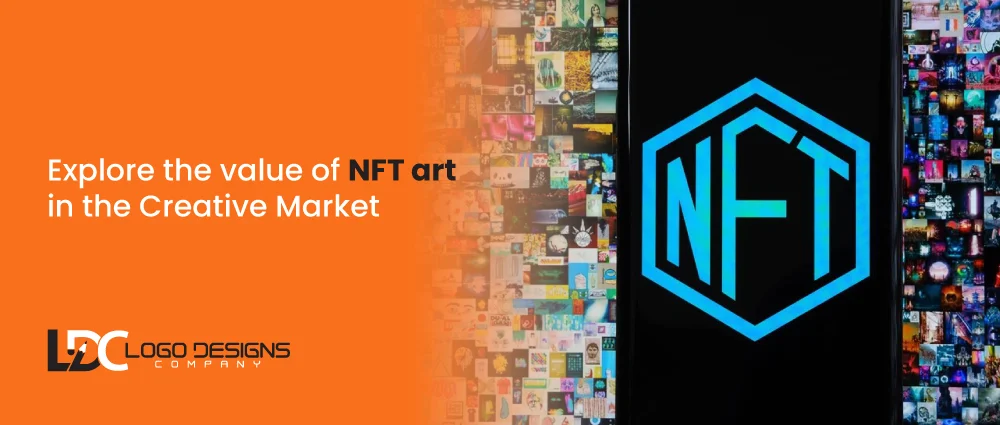This blog will cover a topic that we expect you aren’t familiar with: NFT, or as you may express it, NFT art.
Digitalisation has entered the veins of almost all sorts of businesses.
You have heard of many things in the virtual arena, such as blockchain, IoT, AI, ML, etc.
Among these, one more thing is taking the lead in the cybernetic sphere, and that is NFT.
This new digital work has taken a storm on the internet during the past few years.
News channels such as CNN and BBC and even social media platforms such as TikTok, Twitter, Facebook, and Instagram are all covered by this trendy topic, making businesses and clients curious to explore what it is and how it works for them.
Its unique ultra-benefits and fame have promised to transform the creative sector.
So, let’s start with the “NFT art “meaning.
Before we start to explore, take a glimpse at our service
As a graphic designer from Logo Designs Company, I am also inquisitive, and I ask myself, “What pros can it give me?
Connect with our professional logo design agency and build a logo that resonates with your brand character and target audience.
Our logo designers are waiting to deliver the best for you.
Have a free session with us.
What is NFT?
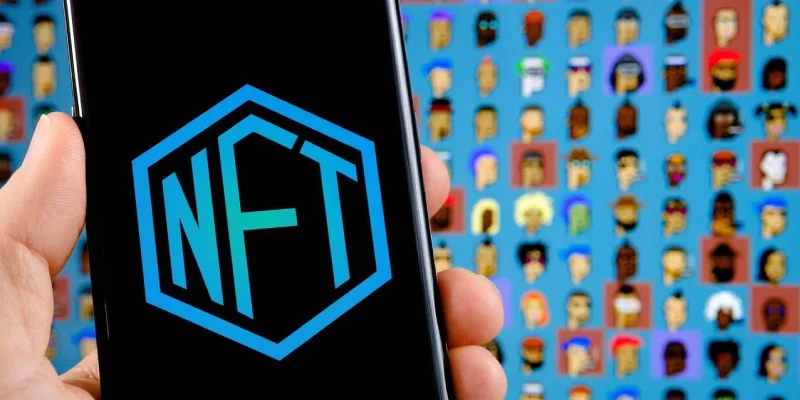

NFT, in its full form, is a Non-fungible Token, which is a digital asset that exists in the digital sphere. NFT is intangible, meaning you cannot touch it but can own it.
You seem confused about what non-fungible tokens are, so to get clarity, you first need to learn what a fungible token is. Let’s take the example of euros of 100 bills. You can swap the 100 euro bill for four 25 euro bills, and the value won’t change. This says that a 100 euros bill is a fungible token.
If you sign your 100 euros bill from Banksy, a Street artist and political activist, then the bill becomes a 100% unique item. The value of it can be decided easily as it no longer has the value of the four 25 euros bills. This becomes a non-fungible token, which means that you cannot swap it for a comparable value. Also, the value of a non-fungible token changes with time, which is reliable in certain situations.
Now, let’s take the example of baseball cards; each has unique attributes and values you can swap with others. This means baseball cards are non-fungible tokens.
NFT can exist in any digital file format. This means your file format can be an article you write, artwork in image or logo form, music of your own created, or it can be GIT or a meme.
You have heard of an image called Disaster Girl; three years ago, the image was traded for 50000 dollars.
Bow, the core discussing is how this? NFT art can be valuable for digital creators or artists and can influence the creative industry.
What does NFT bring to artists or creators?
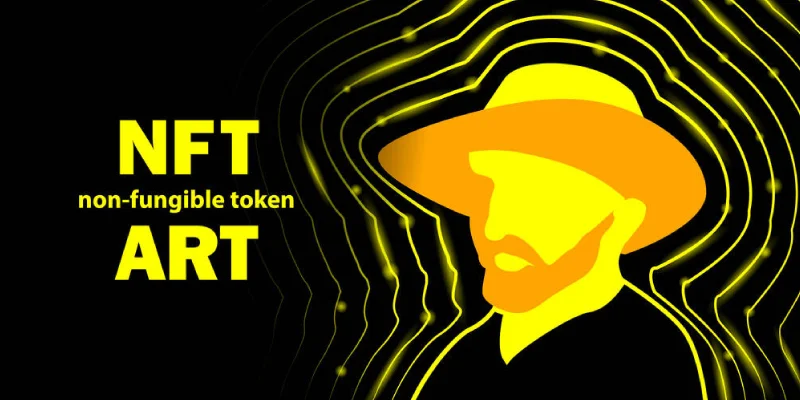

1. Digital art Ownership
When there is no concept of cryptocurrency, graphic designers cannot own the digital art they built.
Artists trade their video and motion graphics all over the world, adjust their work to reuse it for different purposes, and repost it, so at that time, there was no idea of owning such digital art.
But with the invention of NFT and its fame, the artist now has the opportunity to hold rights and solid ownership of their digital artwork in the digital file format automatically.
The NFT gives creators a platform on which they can rent digital artwork, trade it, and portray it the way they want to.
However, graphic designers require legal ownership of their art efforts for trading.
Thus, following the development of NFT art, it goes through minting prices, which are more complicated, or it can be tokenised on the blockchain—a cryptocurrency service.
I hope you have heard about blockchain, a decentralised database or a digital transaction system where data is stored in blocks and connected with each other like a chain. You cannot make minor changes in the network, and it cannot be hacked or scammed.
This suggests that any graphic designer can benefit from it, as it is very useful for tracking copyright ownership and ensuring proper art documentation.
Any digital artwork you develop and mint will belong to you only.
As a reality, NFT can help recognise their artwork the way most painters get fame with art by publishing their art in different art museums.
However, the issue that is circulating regarding this NFT idea is that although blockchain has rules to back up the validity or lawfulness of copyrighting and minting crypto art, none of these have ever been experimented with or tested in courts.
Some of the artists made themselves available regarding the issue that scammers or hackers can illegally mint or trade their artwork.
Therefore, when there is no government legal protection or existing legislation on these NFT laws, it can remain unsolved justice for these artists and what they can do about this.
2. A new mode of producing income
NFT art is a new creative path where graphic designers can trade their digital masterpieces to make enough cash.
NFT is a faster process and easy entrance for artists to make their artwork public and reap the most benefits or rewards from their creativity.
Here, graphic designers do not need to pursue the clients, have no killing time to get feedback or revise their work, and have no file printing to fit clients’ needs.
Royalties
Graphic designers can earn rewards via royalties. Whenever their artwork is put on the market, the graphic designer can get 10-12 percent of future sales.
Earnings hinge on the platform graphic designers or artists are aiming for. For example, an NFT platform called Zora has a creative share feature where designers can purchase and sell their artwork on the spot.
NFT needs support
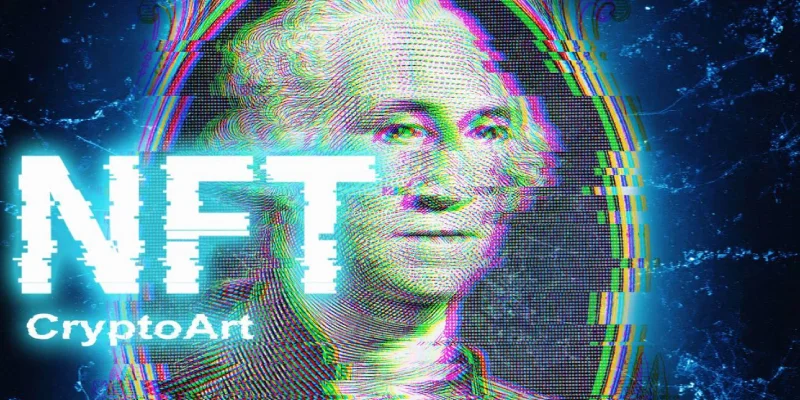

Another concern that impacts the graphic design sector from the NFT eruption is value.
How can a graphic designer or an artist determine the value of a digital art masterpiece compared to the value of a physical artwork?
The value of NFT or crypto art is directly proportional to cryptocurrency.
NFTs are traded in entirety based on cryptocurrency and are converted into financial value afterwards.
For instance, NFT is traded for 3 Ethereum, converted into 8,235.83 EUR.
And if the Ethereum value drops, your artwork’s value also drops.
3. A global reach
Prior to NFT, most of the physical artwork was exclusive and illustrious. Trading was done in physical areas such as IRL events or exhibitions; until then, most avenues were stopped.
With the arrival of NFT, art collections are done online. This means most artists can display their art globally.
Similarity: It’s becoming more difficult for most graphic designers to earn a heavy income without having odd or part-time jobs.
It takes time to become stable in your profession. In the creative industry, to get a reputation in the market, you need to find and retain loyal clients and consistently complete graphic design projects on time.
With an NFT graphic designer and a handsome and quick income, this opens the door to diverse opportunities, especially for the less privileged.
With NFT, graphic designers have immediate access to a global audience. What’s more, there are already online platforms that help artists learn how NFT marketplaces work.
A tricky task for graphic designer is converting an audience into real buyers.
They need to learn branding and marketing strategies that work for them and dive in-depth into these terms.
NFT promotes Inclusivity
Anyone with WIFI can use NFT art. Digital artists can make tons of money by promoting Inclusivity and securing the environment.
Whether you are a 3D motion designer, realistic designer, logo designer, or other creative professional, NFT can change the lives of millions of creators around the world.
But make sure to trade if you need to mint your artwork, as the minting fee is costly.
The process of getting artwork “minted“ on the blockchain allows designers to compete with each other to secure a spot.
Prices go up and down based on network and time.
Remember, a fee payment doesn’t mean your art is for sure sold out, but you must pay a mint fee to market your artwork.
4. A heavy conservation footmark
One active debate regarding NFT is its energy consumption. According to the findings, minting an NFT via the Ethereum platform takes around 260 Kilowatt-hours of energy. This amount of electricity is comparable to what the average American household consumes over nine days.
Therefore, this is alarming for most graphic designers. This heavy resource is not applicable in crypto art; it’s part of a bigger matter comprising the digital mechanism proof work.
Since its occurrence in the 1990s, minting a cryptocurrency such as Bitcoin or Ethereum requires highly powered PCs for this process to work.
Although engineers are working on making it less energy-consuming, this is still an unavoidable situation for many graphic designers.
How to Build an NFT?
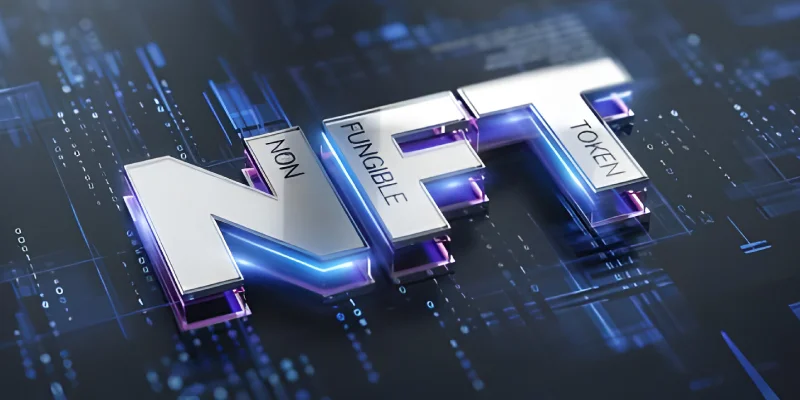

To build an NFT, first create a crypto Wallet. Here, Ethereum will be stored.
Afterwards, add your wallet to your preferred marketplaces, such as Rarible, KnownOrigin, OpenSea, Mintable, and SuperRare. You can upload your creativity in these marketplaces and make it available for sale as an NFT.
Just imagine how eBay works. Similarity NFT works. The difference is that they are only of NFTs.
Make sure to upload either in 1 one way to sell one at a time or a collection at once with various copies.
Remember that this decision will influence the rarity of a piece, which affects its value. If there’s only one copy, it’s rarer and may be worth more.
Conclusion
Selling crypto or NFT art could change the whole creative industry. It’s just the start of something that future generations will find normal.
But right now, the world of NFT art isn’t very reliable or inclusive for selling digital art.
We’re watching closely to see what happens next, and we hope things get better for graphic designers.
Contact Logo Designs Company for the best NFT logo designs in the UK.
We deliver unique logo designs to businesses all over Europe.
For a bespoke logo design, get in touch with us.


